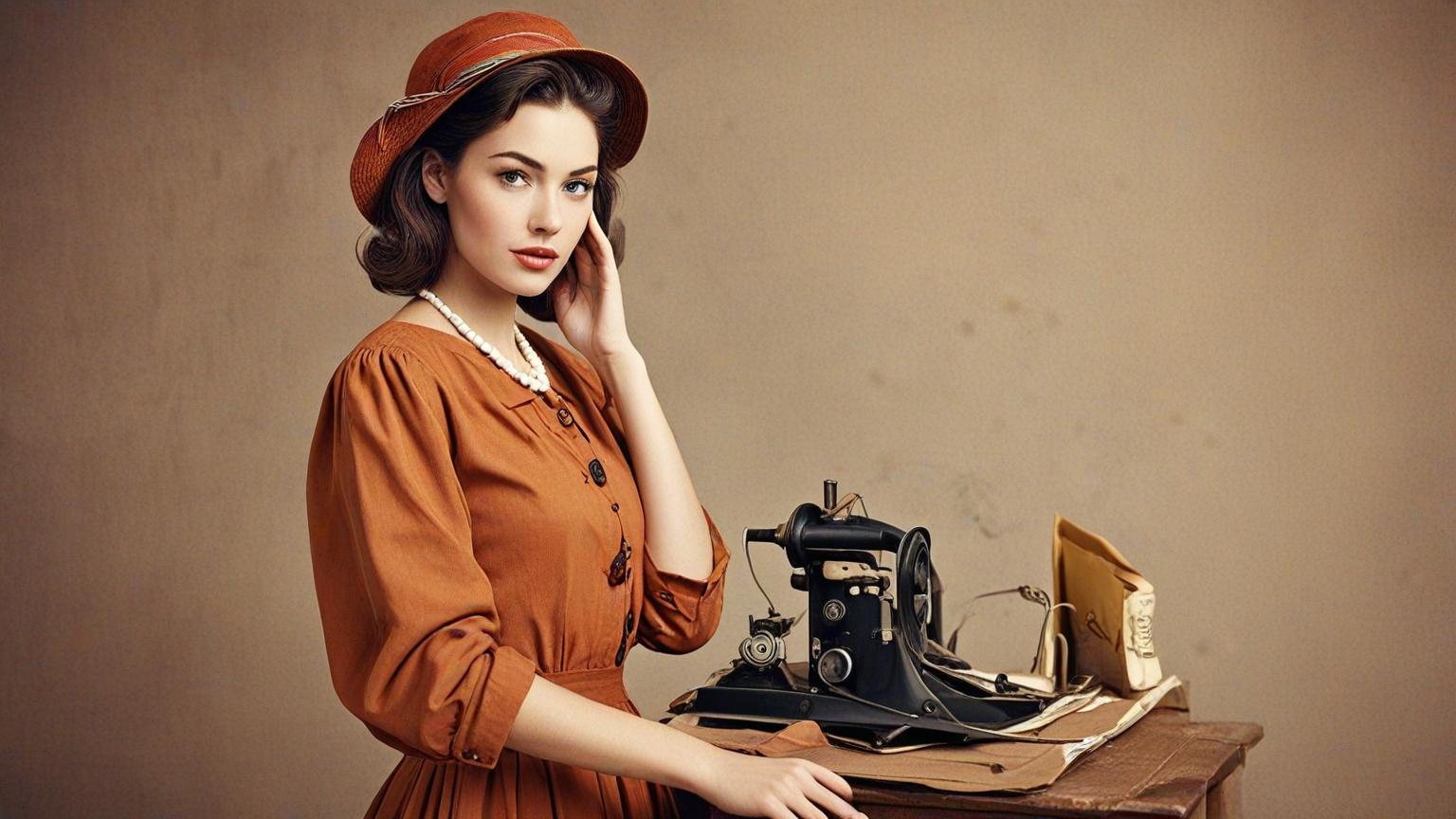In recent years, a palpable shift has been occurring in the world of fashion, marking a return to vintage styles. This revival, characterized by the blending of retro aesthetics with modern sophistication, is not only a testament to the cyclical nature of trends but also a commentary on consumer behavior and sustainability.
The roots of vintage resurgence can be traced back to a growing awareness of sustainable fashion. As the damaging effects of fast fashion become more apparent, consumers are looking to reduce their carbon footprint. Vintage clothing, by its very nature, allows for recycling and repurposing rather than contributing to the cycle of waste production. Shoppers are increasingly drawn to the idea of owning pieces with history and a story, which enhances their personal narratives.
Not surprisingly, designers are keenly aware of this shift and are diving headfirst into archives for inspiration. Houses such as Gucci and Chanel weave vintage elements into their latest collections, infusing modern garments with retro charm. These designs appeal not only to the nostalgic baby boomers and Gen-Xers who remember these styles from their childhood but also to Gen Z, who value individuality and the fashion-forward thinking of reducing, reusing, and recycling.
The democratization of fashion through social media platforms like Instagram and TikTok has accelerated this trend. Influencers, now critical players in the fashion landscape, often showcase how vintage pieces can be integrated into everyday style. They’re breaking down the stigma that 'second-hand' implies 'second best'—a mindset shift that aligns with both environmental consciousness and economic sensibility.
Further fuelling this trend is the rise of online vintage boutiques and pop-up shops that curate collections from various decades. Websites like Depop and ThredUp provide platforms where users can buy, sell, and even barter pieces, democratizing access to fashion that was once limited to elite collectors with lofty budgets and connections.
Additionally, resale culture has resonated with those who find value in exclusivity and rarity, as they hunt for one-of-a-kind pieces or limited-edition items. The thrill of treasure hunting provides a layer of engagement that fast fashion cannot offer—a tangible connection to the past through clothes.
High-profile celebrities have also contributed to this resurgence. Figures like Zendaya, Harry Styles, and Billie Eilish have been spotted donning vintage finds, thereby shedding light on brands, eras, and styles that may have otherwise been overlooked. Their sartorial choices often make headlines, sparking new interest in forgotten trends.
But while the vintage movement is gaining momentum, it’s not without challenges. There exists a delicate balance between appropriation and appreciation. Brands must navigate these waters cautiously, ensuring they honor the origins and context of their muse periods without appropriating or misrepresenting former styles. It's imperative that the creators remain conscious of the cultural and political climates that birthed these designs.
Moreover, authenticity remains a concern. The allure of vintage is partially contingent on its originality—a fact that isn’t lost on counterfeiters. Consumers must be diligent, and as the demand grows, so must their awareness of genuine articles versus replicas.
In conclusion, the revival of vintage fashion represents more than just a trend—it reflects a broader cultural shift towards sustainability, individuality, and the timeless nature of style. As we look to the past for inspiration, it is crucial to uphold these values consciously, ensuring that the nostalgia never overshadows the present necessity of responsible consumption.
The momentum is set and the trajectory is clear: the vintage trend in fashion sends a strong message of change. It doesn't simply command respect—it proves that respect for our world's resources is fashionable.
The revival of vintage fashion: Unpacking its modern-day impact

